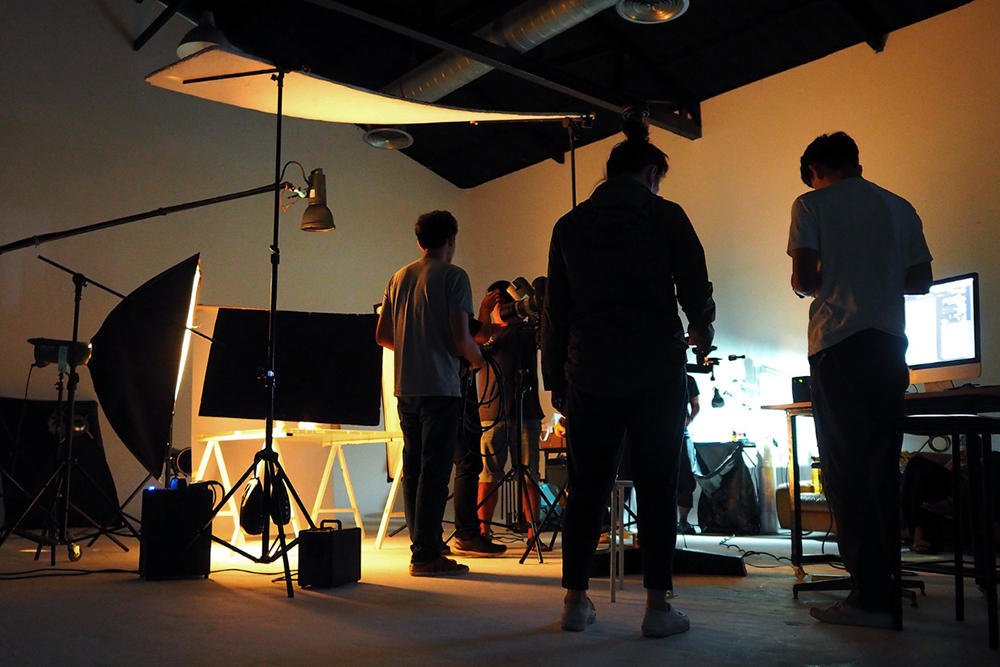The Complete Guide to Outfitting Your Grip and Electric Tool Belt

The craft of film and television production moves at a lightning-fast pace. With each scene, the myriad of equipment, props, and personnel must come together seamlessly, all orchestrated by a team behind the scenes. Among these essential players are the grips and electricians, the backbone of any set, charged with the critical tasks of lighting, rigging, and maintaining a safe environment for the crew.
One of the simplest yet most impactful innovations for these industry professionals is the trusty tool belt. For grips and electricians, this is more than a fashion statement – it is their mobile arsenal. But what exactly should be in that grip and electric tool belt? Let's dive into the must-haves that can make all the difference in a high-stakes production environment.
Understanding the Basics: The Role of Grips and Electricians
Before we delve into the toolkit, it's crucial to understand the job. Grips are responsible for setting up and maintaining the equipment that supports cameras, such as tripods, dolly tracks, cranes, and more. Electricians, often under the grip department, handle all things lighting-related, from setting up lights to handling power distribution on set.
These roles demand a robust set of tools, and efficiency is paramount. The right tool belt setup can significantly enhance workflow, allowing the grip or electrician to spend less time hunting for gear and more time on the critical tasks at hand.
The Essential Toolkit for Grips and Electricians
Tool Belt Selection
Start with the right tool belt. It should be durable, comfortable, and with enough pockets for your most-used tools. Look for one that distributes weight evenly, as you're likely to wear this for long hours.
Lighting Tools
For lighting work, there are several tools that you should consider:
- Headlamp and flashlights: Essential for working in dark or confined spaces without detracting from the lighting setup.
- C-Wrench: A standard adjustable wrench used for locking down all types of mounting hardware.
- Multi-Tool: Includes blades and drivers, providing versatility without the need for multiple items in the belt.
- Tape Measure: A retractable tape is indispensable for ensuring all setting and distances are precise.
- Sharpies and Gaff Tape: These can mark positions and troubleshoot with ease.
- Safety Gear: This includes gloves and eye protection for safe and comfortable work.
Rigging Gear
Grips are rigging experts, and their tool belt should reflect that:
- Claw Hammer and Rubber Mallet: For nailing and tapping into place various types of equipment.
- Selection of Nuts and Bolts: For assembly and disassembly of rigs.
- Benchmarks and Chisels: To ensure precision and fine placement adjustments.
Electrical Tools
For the electrician’s side:
- Multimeter: Vital for checking voltage, current, and resistance, diagnosing electrical issues.
- Wire Strippers: For preparing cables and wires for connections.
- Insulated Screwdrivers and Pliers: Safety is paramount; never work on electrical systems without these.
- Power Adapters and Clamps: To convert or manage power distribution to lights and other peripherals.
- Electrical Tape and Tape Screws: To secure and manage wires in a tidy and unobtrusive manner.
Staying Prepared for Every Scenario
Beyond the equipment tailored to your role, think about contingencies. In the film industry, last-minute changes and unforeseen issues are the norm. Your tool belt must be ready for anything.
Always carry a first-aid kit, a multitool with a blade, and a small repair kit as part of your standard equipment. These items can address many on-set needs, from minor injuries to impromptu equipment repairs, without you having to leave the set and break your workflow.
Maximizing Efficiency with a Systematic Approach
The purpose of the tool belt is not simply to carry equipment, but to optimize your working process. Keep your most frequently used tools in easy-to-access pockets. Consider labeling pockets or using different colors for different tools to reduce retrieval time.
Regular maintenance and organization of your belt can prevent frustration on set. Often, a delay in a lighting setup can cascade into other areas of production. A grip or electric with an organized tool belt s/he knows inside and out is a valued asset.
The Human Element: Adapting Your Toolkit to Your Workflow
A grip and electric tool belt should be personalized, reflecting your individual workflow and practices. Maybe you find one tool indispensable that a colleague doesn't. Perhaps a specific tool belt setup works better for your body type or the way you move around a set.
Regularly assess and update your gear. As you become more experienced, your toolkit should evolve. New technologies and working methods could render some old tools obsolete while highlighting the need for new ones.
Final Thoughts: Invest in Quality
Your grip and electric tool belt is an investment in your career as a film professional. Don't skimp on quality. High-quality tools and a sturdy belt not only last longer but also perform better, saving you time and headaches in the long run.
Remember, your tool belt is an extension of yourself on set. Tailoring it to your work and being well-prepared can make the difference between a successful, smoothly-run production and a chaotic, last-minute scramble.
Equip yourself comprehensively, learn your toolkit inside and out, and always be prepared. Grip and electricians are the unsung heroes of the film industry, and your work, supported by a well-stocked and well-maintained tool belt, ensures that every scene shines.
For those seeking grip lighting in Orlando, FL, Tiki Grip & Electric is your one-stop shop for top-tier professionals and equipment. Contact us today, and let’s illuminate your next production beautifully.